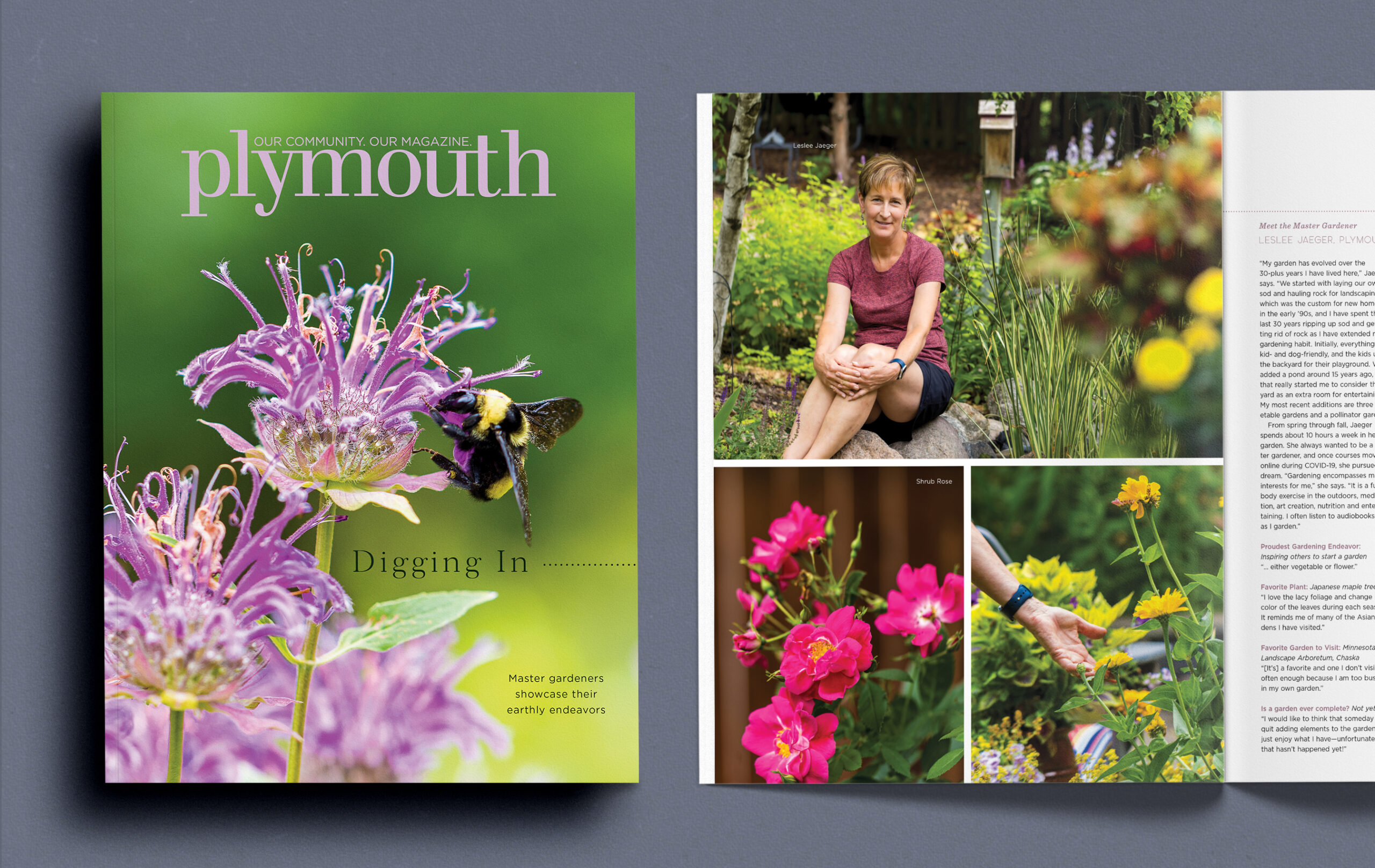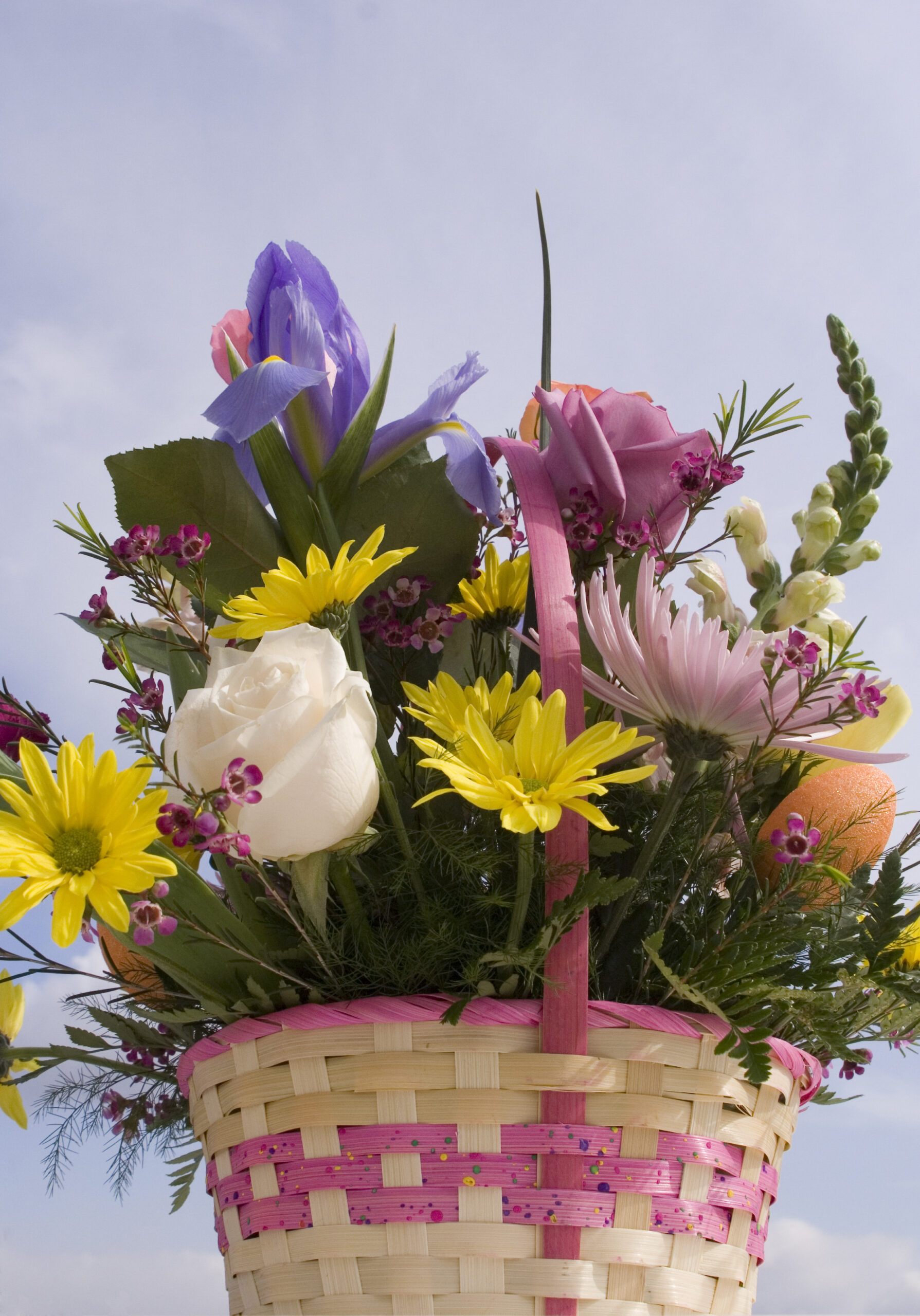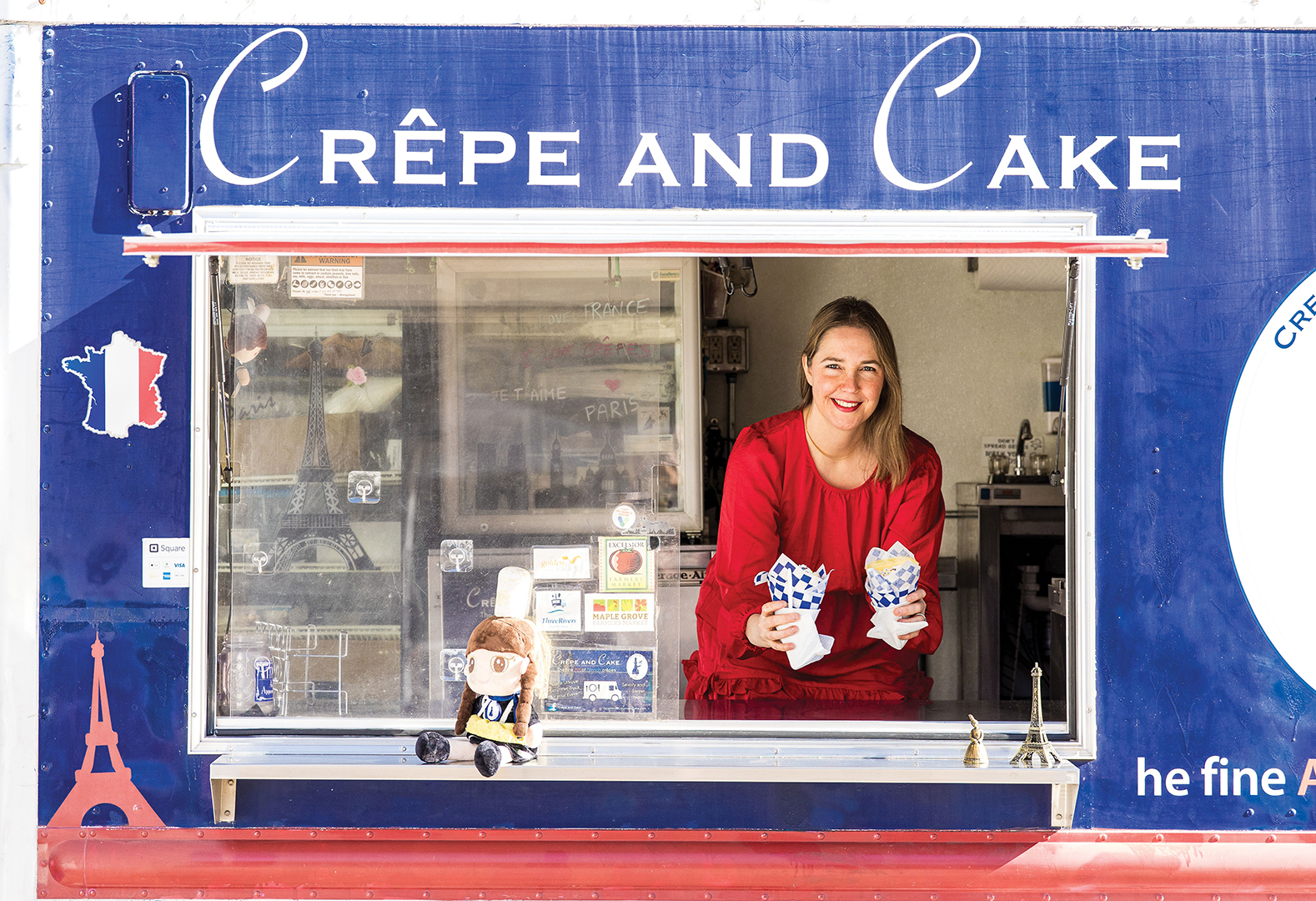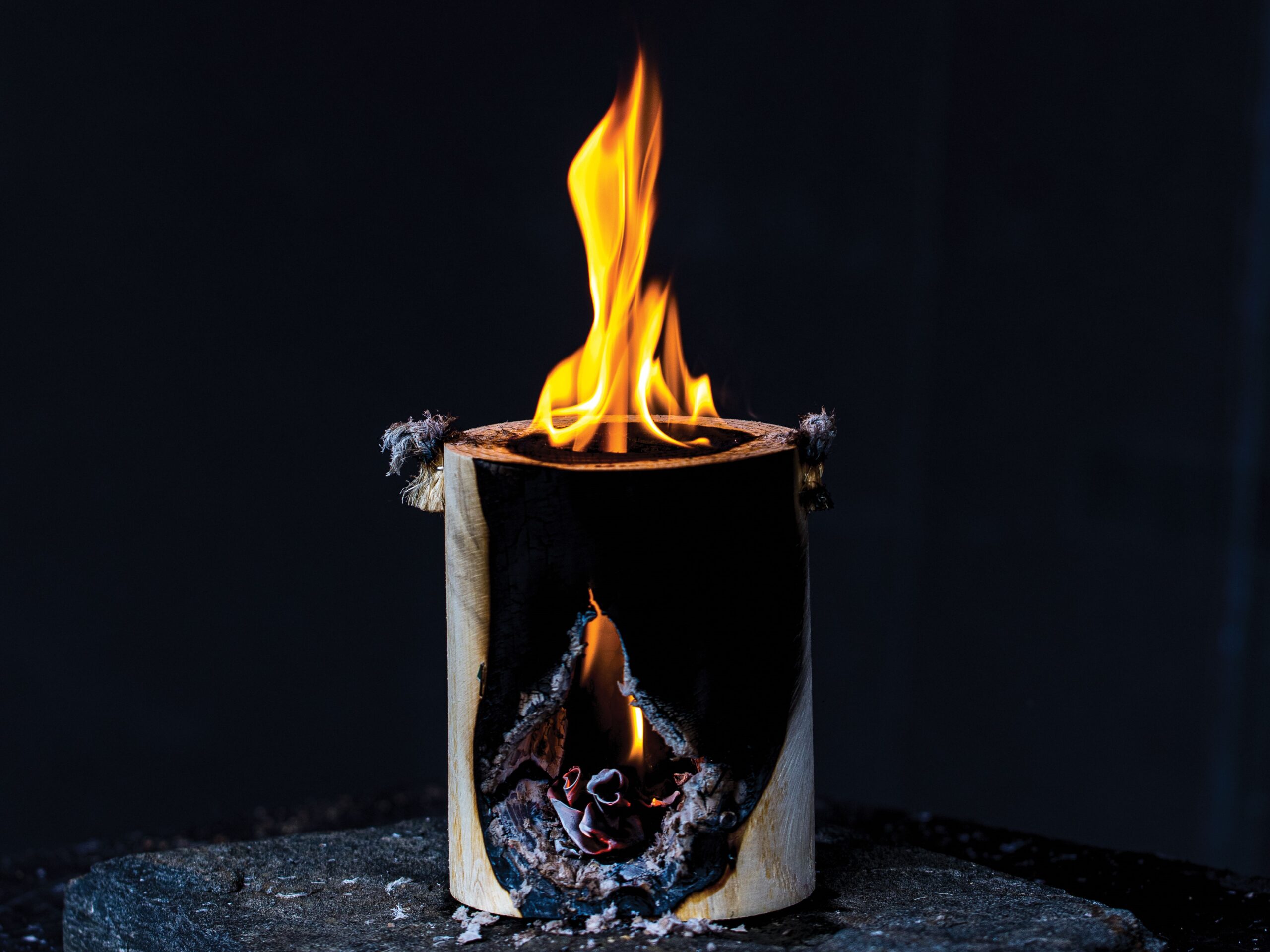
Mark Poppendeck checking on his bee boxes. Photos: Chris Emeott
Beekeeper shares his bee expertise.
“With beekeeping, if you ask 10 beekeepers how to do something, you’ll get 15 different answers,” says local Mark Poppendeck. “Everybody knows what works for them and the bees, but no matter how long you’ve been beekeeping, the bees will do something and you’ll think, ‘Now, why did they do that?’ It’s just one of those things.”
Poppendeck has spent the last decade learning both the science and art behind beekeeping, which he describes as a trial-and-error process that, much like farming, is largely weather reliant. “If you get too wrapped up in how much you’re spending and if you’ll lose the bees and stuff, you’ll quit,” Poppendeck says. “As my wife used to say, ‘It’s the most expensive honey on the planet.’ And it kind of is.”
Perseverance is key to keeping bees, but Poppendeck says there’s always another beekeeper out there to direct your questions to. “Beekeepers always like talking about what they do and what they don’t do, ‘Try this, try that,’” Poppendeck says. “It’s a very tight-knit community of people.”

Poppendeck was first introduced to this community in 2010 when he met a man with a plexiglass demonstration hive at the farmers market downtown. The two got to talking, and the beekeeper told Poppendeck that the University of Minnesota offers beginner beekeeping classes. “He said it’s the best deal in the world. It’s 50 bucks,” Poppendeck says. “And I thought ‘Shoot, I can do that.’ So I did, and I’ve been doing it ever since.”
What started as a two-hive experiment in his yard in Plymouth quickly evolved into a full-fledge operation of 24 hives spread between a friend’s property near the Minnesota Landscape Arboretum and a 33-acre bee yard in Medina.
“I think it’s still the case that you’re not allowed to keep bees in Plymouth,” Poppendeck says. But even aside from legality, Poppendeck made the move to wider pastures to keep his bees away from potentially curious neighborhood kids, although he says the bees themselves are safer than you think. “I do get stung but not very much,” he says. “You can stand in front of a beehive 8 feet out, and you’ll be fine. They’re busy. They’re busy as bees. It’s when you get into the hive itself that they don’t care for it.”
After bee packets arrive in April, the queens do their thing (which in this case is laying around 2,000 eggs a day). What starts out as a hive of 10,000 grows to 80,000 by summer’s end, and all throughout the bees are producing honey.
“It’s a labor-intensive process to extract the honey,” Poppendeck says. He, his wife and an extended family of in-laws conduct extraction parties in Poppendeck’s garage over the summer, producing gallons and gallons of honey. Last year, they processed over 100 gallons of honey.

Spreading the Love
After a particularly prosperous 2021 honey season, Mark Poppendeck was chatting with his sister-in-law, who runs a hobby farm in Wisconsin that produces maple syrup. They had also had a productive season, which got the two talking about what they wanted to do with that money.
“I made the comment, ‘I almost wanna give it all away,’” Poppendeck says. “And she goes, ‘We kind of feel the same way.’” One thing led to another, and the Beez N Treez Foundation was founded.
“What we want to do is see the direct benefit to the individual,” Poppendeck says. This benefit falls under two different categories. The first is working with The Minneapolis Foundation, who vets nonprofit organizations throughout the state. “Outside the Metro, in a lot of places, they struggle,” Poppendeck says. “My wife and her family are from a rural area, and they want to be able to fund those organizations, ones that maybe don’t get as much press.”
The second branch of the Beez N Treez Foundation is education. “The other thing we’re going to do is endow scholarships,” Poppendeck says. “We’re looking at doing scholarships to a four-year institution, a two-year institution and a trade school.”
Beez N Treez honey can be found at Rusted Nail, an antique store in Medina, Finders Keepers Gift in Monticello and online at beezntreez.org.

Sugar Substitutes
Who doesn’t love a more healthful alternative? Both honey and maple syrup can be substituted in recipes for sugar, and Poppendeck has done the math for us:
Sugar to Honey / Maple Syrup Conversion
1 Tbsp. 1 Tbsp.
1/4 Cup 2 Tbsp.
1/2 Cup 1/4 Cup
3/4 Cup 3/8 Cup
1 Cup 1/2 Cup
2 Cups 1 Cup
Pro Tips:
- It’s easier to use crystallized honey verses liquid honey in baking.
- Honey that has been heated in processing (grocery store honey) will not readily crystallize.
- Local honey is generally not heated and will crystallize in a few short months.
Honey Garlic Salmon
“Our favorite salmon recipe, garlicky, sweet and sticky with simple ingredients, takes only 15 minutes to make salmon dinner,” says Poppendeck.
- 12 oz. salmon, cut into
- 2–3 fillet strips
- salt
- black pepper
- 1 pinch cayenne
Sauce:
- 2 Tbsp. honey
- 1 Tbsp. warm water
- 1 1/2 tsps. apple cider
- vinegar or lemon juice
- 1 Tbsp. olive oil
- 3 cloves garlic, minced
- 1/2 lemon, sliced into wedges
Season the surface of the salmon with salt, black pepper and cayenne pepper. Set aside. Mix together the honey, water, apple cider vinegar or lemon juice and a pinch of salt. In a skillet on high, add olive oil. Pan fry salmon for approximately 1 minute, flip over and pan-fry the other side of salmon for approximately 1 minute. Remove the skin. Add garlic into the pan, and sauté until slightly browned. Add honey mixture, and reduce the sauce until it’s sticky. Broil the salmon in the oven for approximately 1–2 minutes until flaky. Do not over-broil. Serve with lemon wedges.






















